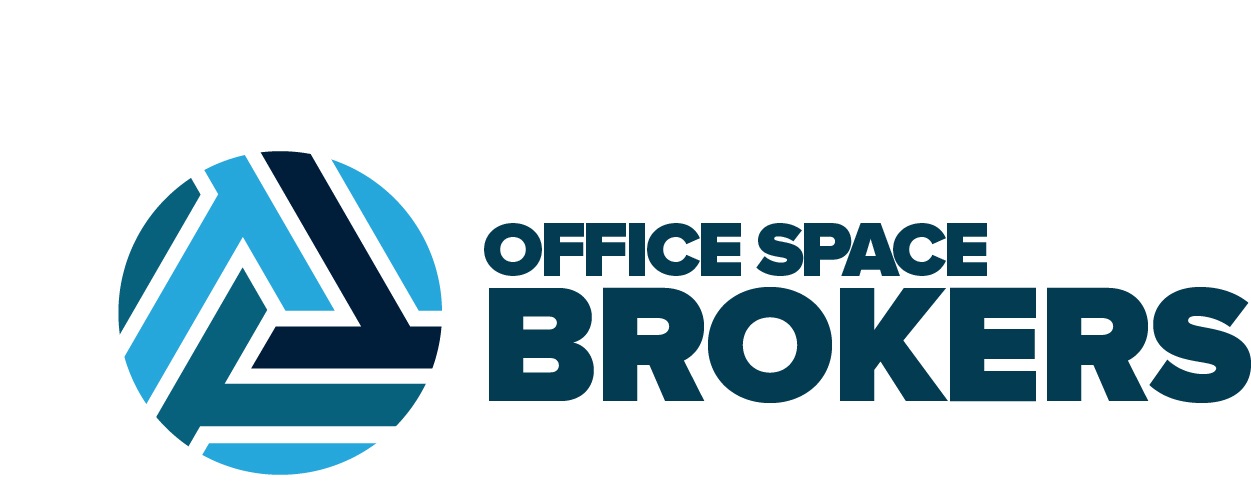2nd Quarter Tampa Bay Highlights:
- St. Petersburg and Tampa among national leaders in economic growth
- Tampa ranked one of the best cities for in the US for career growth
- Tampa unemployment rate is 3.7% compared to the national which is 4.4%
- The last operational cigar factory in the country is located in Tampa
- A new 33-acre mixed use development approved for Historic Ybor City
- Niche ranks Tampa Bay’s best neighborhoods for young professionals
Office Market:
- Westshore and Downtown Tampa asking rents are +/- $6.75 PSF above the average of the surrounding areas, proving the demand for these particular submarkets for their location, amenities and quality buildings.
- Vacancy rate in Tampa CBD is 15.5% and Westshore in 14% is substantially lower than the major metropolitan cities around the country including New York and Chicago.
- Companies are continuing to come back to the office more on a regular basis as flexible work schedules continue to be tested. Mondays and Friday seem to be the day remote is most commonly occurring.
Let’s Talk Rent Numbers:
| Submarket | Overall Ave. Asking Rent-All Classes | Overall Ave. Asking Rent Class A |
| Westshore | $32.50 Sq. Ft. | $40.10 Sq. Ft. |
| Downtown Tampa | $41.50 Sq. Ft. | $43.36 Sq. Ft. |
| Northwest Tampa | $24.50 Sq. Ft. | $26.59 Sq. Ft. |
| South Tampa | $25.25 Sq. Ft. | $30.54 Sq. Ft. |
| I-75 Corridor | $25.75 Sq. Ft. | $28.57 Sq. Ft. |
| Downtown St. Petersburg | $32.25 Sq. Ft. | $37.52 Sq. Ft. |
New Development Highlights:
- Gas Worx: Ybor City real estate investor Darryl Shaw’s Gas Worx is a mixed-use development remaking older industrial and vacant properties between Ybor and the Channel District into a walkable area planned to have over 140,00 square feet of retail and 500,000 square feet of office space is 50% preleased before ground breaking. Grow Financial and Masonite, are the two current anchor Tenants in preleasing.
- Midtown East: Second phase of Midtown with 177,000 Square Feet of mixed use space is under construction with expected completed in 2024.
2024 3rd Quarter Forecast:
- More sublease space with longer, 3+ year remaining lease terms will come to the market while Tenants are restructuring their office needs and might have taken on more space during an expansion in a building they no longer need.
- Asking face rates will remain of the same and decrease slightly in the Westshore, Central Business Districts
What Does This Mean for Tenants?
Advantages:
- Landlords are more willing to give Tenant concessions of free rent and Tenant Improvement allowance. Depending on the Landlord, some are more flexible than others on the asking face rate, depending on the deal terms.
- Leveraging sublease space can be a great solution for some Tenants who are targeting shorter lease terms and/or often lower rates. Increase in subleases with longer lease terms remaining 3+ years, can still provide a good solution with Improvements already completed in the Suite, lower asking rent or free rent.
Challenges:
- Asking rates increased in first quarter and have maintain steady in the second quarter. Not as many tenants have vacated their spaces when their lease expires, although asking rental rates have gone up over the last five years.
- Although many employees have returned to the office, identifying the right balance of in office and working remotely is a normal conversation for deciphering what best for the company culture. Important to note, each company is different and not one solution is best. Reimaging the purpose of your office space and what role do you want it to play within the company is a great start for this conversation.
- If a Tenant has a Base Year prior 2022, they are experiencing significant pass thrus from Landlords due to surge in Real Estate Taxes and Property Insurance.
What Does This Mean for Landlords?
Opportunities:
- Class A and amenity-focused buildings in areas like Westshore, South Tampa and the Central Business Districts are performing better due to the focus on the office experience by Tenants. Tenants are adjusting their office footprint, tend to prefer amenity focused buildings where common areas like conferencing centers and be utilized for meetings vs leasing larger space.
- Having spec suites ready for Tenant’s to lease a turn key office, positions Landlord to provide an immediate solution for Tenants who have quick deadlines to relocate their office vs the continued delay in permitting process and unexpected cost of Tenant Improvements.
Considerations:
- Maintain asking face rates or be willing to adjust face rates depending on the feedback from Tenants.
- Providing 3 year lease options for as-is Suites can be solution for smaller Tenants under 2,500 RSF, who are unsure about future growth.
- Consider adding Tenant amenities such as conferencing center to a building for Tenants is a great competitive advantage. Based on the research, employees are coming into the office for team, department and company-wide meetings.




